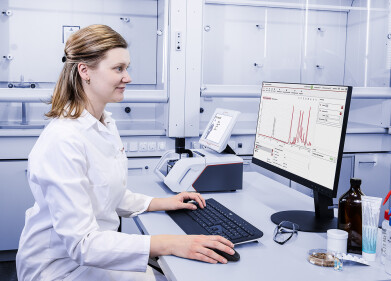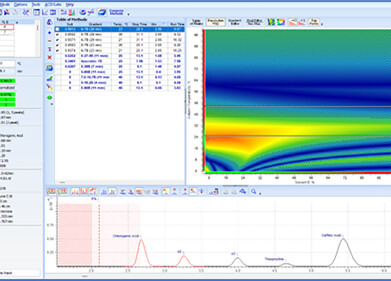-
 LIMS capable of wirelessly transmitting and receiving at once could be possible with Stanford University technology
LIMS capable of wirelessly transmitting and receiving at once could be possible with Stanford University technology
IT Solutions
Two-way data could lead to next-gen LIMS
Feb 15 2011
Created at Stanford University, in the heart of Silicon Valley, the system overcomes the problem caused on radio frequency networks by what was believed to be an inescapable one-way nature of the traffic carried.
"Textbooks say you can't do it," says assistant professor of electrical engineering and computer science Philip Levis.
He adds: "The new system completely reworks our assumptions about how wireless networks can be designed."
The problem arises because the signal broadcast by a radio is much stronger than any it receives - making it akin to shouting at someone who is whispering at you.
Now the scientists claim to have created a method to screen out the transmitted waves, allowing a signal to be received without errors.
The invention could ultimately lead to improvements in Wi-Fi networks, with applications in LIMS, air traffic control and telecommunications.
Digital Edition
International Labmate Buyers' Guide 2024/25
June 2024
Buyers' Guide featuring: Product Listings & Manufacturers Directory Chromatography Articles - Enhancing HPLC Field Service with fast-response, non-invasive flowmeters - Digital transformatio...
View all digital editions
Events
Jul 07 2024 Dublin, Ireland
Jul 20 2024 Denver, CO, USA
Jul 21 2024 Cape Town, South Africa
Jul 28 2024 San Diego, CA USA
Jul 30 2024 Jakarta, Indonesia

















